Physical Address
304 North Cardinal St.
Dorchester Center, MA 02124
Physical Address
304 North Cardinal St.
Dorchester Center, MA 02124
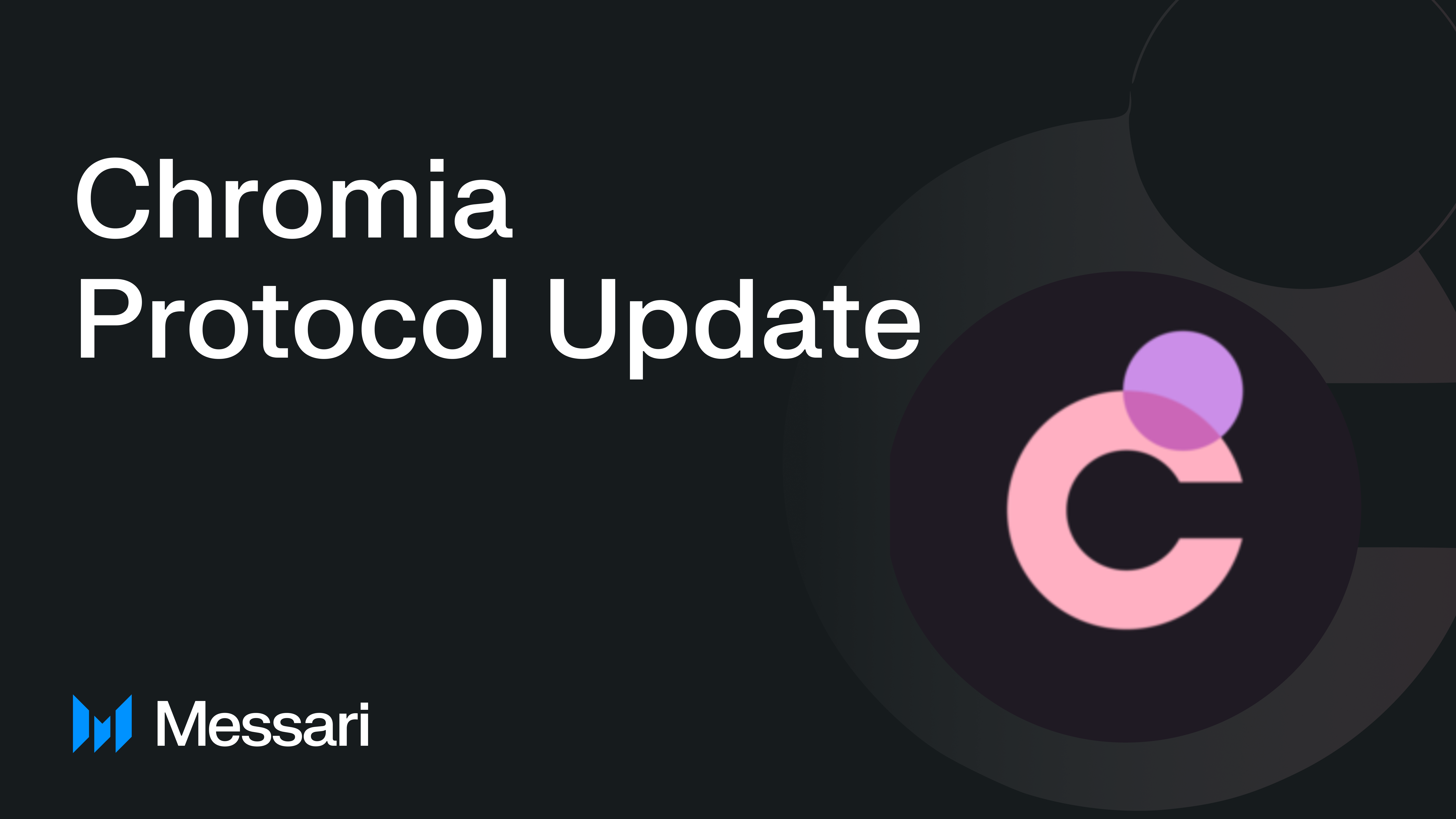
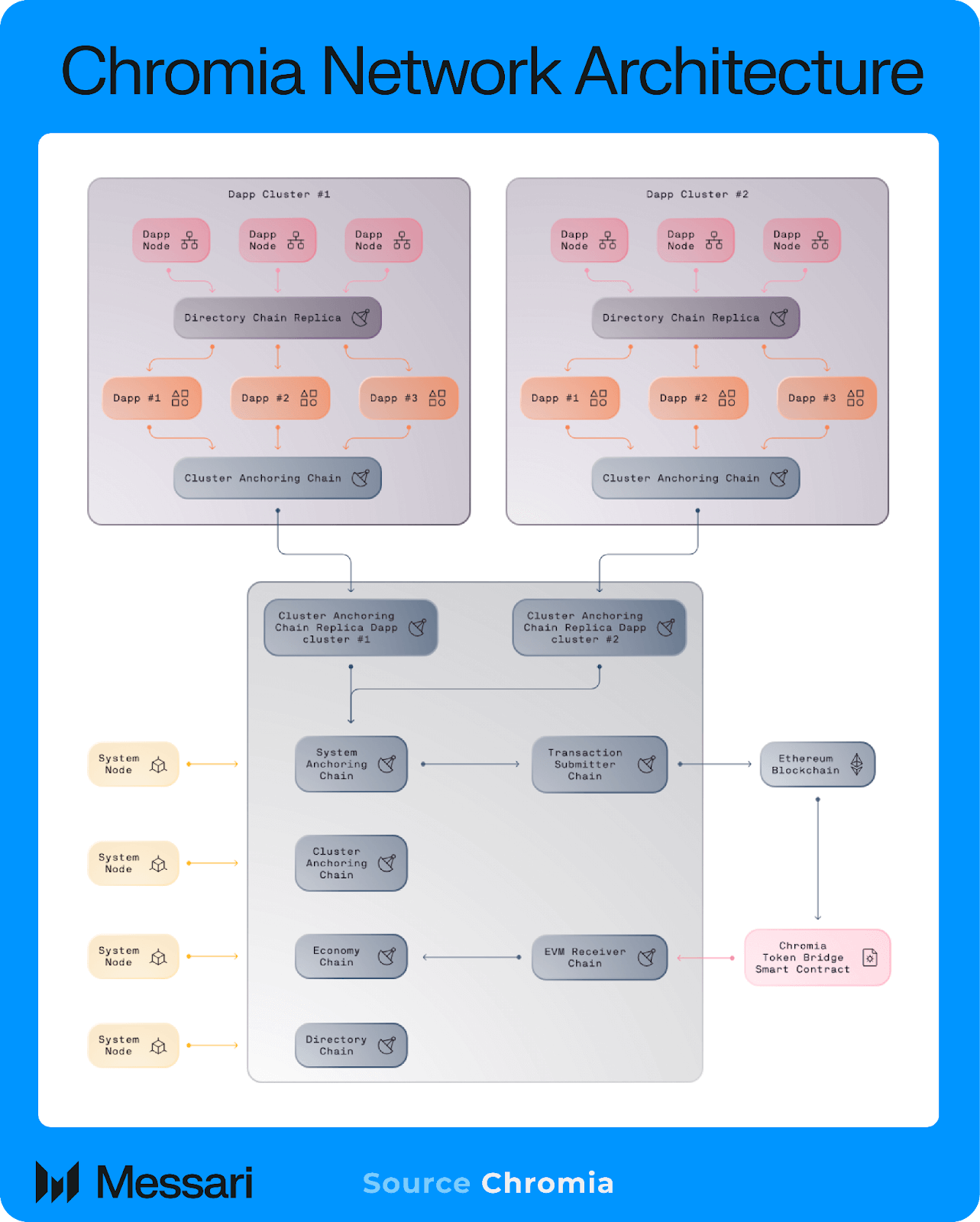
Chromia is a Layer-1 blockchain designed for data-intensive decentralized applications. Its architecture is built around a cluster-based design, where different groups of nodes called clusters are responsible for running specific parts of the network. Instead of relying on a single global chain, Chromia delegates execution and state management to independent clusters, each with a consensus group, storage backend, and execution environment. This modular approach isolates workloads, enables application-specific fine-tuning, and allows the network to scale horizontally without causing network congestion as more applications come online.
Clusters are divided into two main types: system clusters and application clusters. System clusters run the core infrastructure of the protocol, including five specialized chains that coordinate cross-network behavior and anchoring:
Application clusters, on the other hand, are dedicated to running application-specific blockchains. Each application operates in a Standard Container Unit (SCU), a self-contained environment with its own PostgreSQL database server (the software that stores application data and lets users run queries against it) and an execution engine for smart contracts. This structure gives developers complete control over the execution parameters, validator set, and data model of their application. It also ensures performance isolation, so one application’s heavy workload will not impact another. This design is useful for compute or applications with large datasets, such as onchain games, AI inference engines, or oracles.
Both system and application clusters use eBFT consensus (≥ 2/3 node signatures) and periodically anchor their state through cluster and system chains to Ethereum for added security and auditability.
Each node in a cluster runs Postchain, the core software framework that powers Chromia’s execution environment. Postchain manages consensus, transaction processing, data storage, and executes application logic written in Rell, a domain-specific language used to develop applications on Chromia. Developers define schemas, write SQL queries, and implement contract logic in Rell. Under the hood, the Postchain framework compiles Rell into SQL statements, allowing it to execute directly within the SCU’s PostgreSQL instance. This tight integration between the smart contract and data storage layers means that applications can efficiently store, retrieve, and manipulate structured data onchain without relying on external infrastructure, as traditional blockchains often do.
In March 2025, Chromia launched extensions, which are optional modules that add new capabilities to an application’s execution environment. These extensions extend an SCU’s runtime capabilities to support features such as vector search and model inference. The most prominent example is Chromia’s onchain Vector Database Extension, which integrates pgvector, an open-source PostgreSQL extension that adds support for vector data types, into the SCU’s relational database. Chromia also introduced an AI Inference Extension, which allows applications to run pre-deployed machine learning models directly within the SCU. Developers can invoke these models from Rell-based smart contracts to generate trustless, AI-driven decision-making onchain. The vector and inference extensions allow retrieval, execution, and storage of AI model outputs without external dependencies.
For a full primer on Chromia, refer to our comprehensive overview.
Website / X / Telegram / Discord
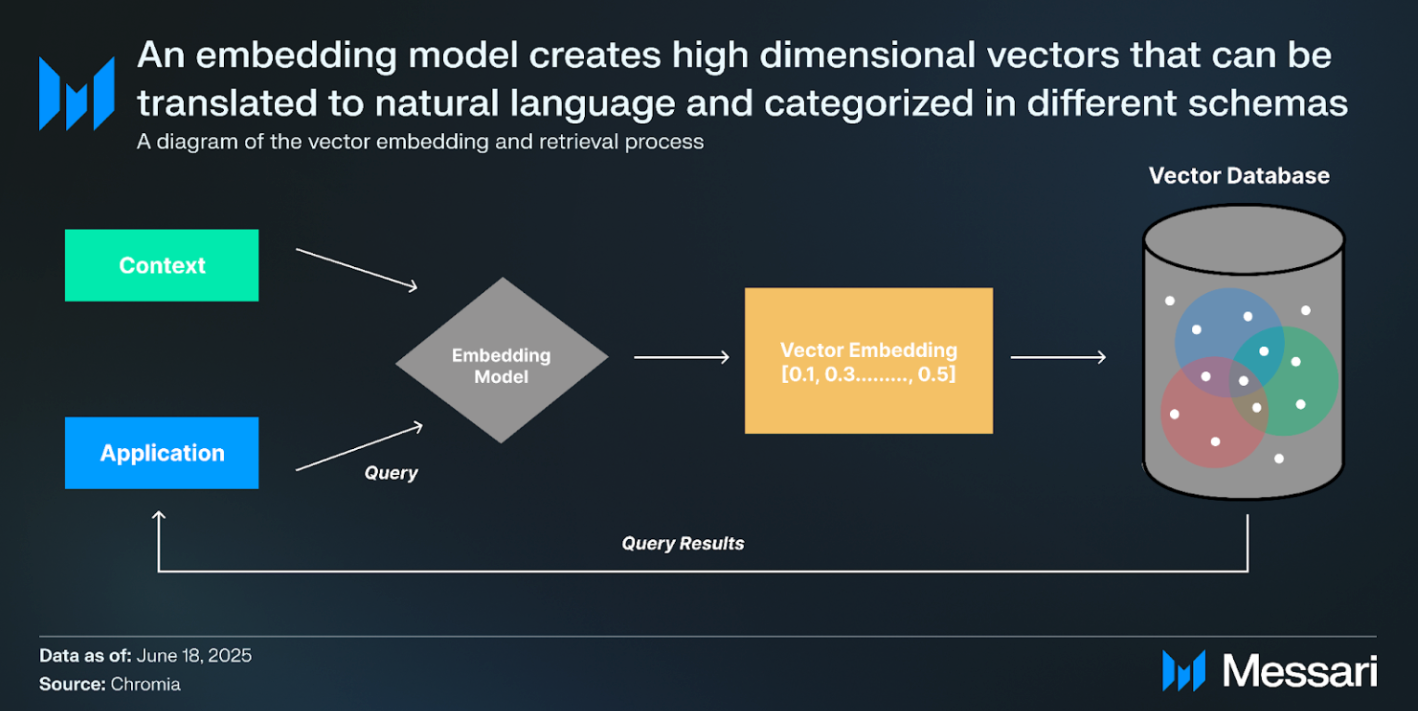
Vector databases have emerged as a key component of modern AI infrastructure, enabling machines to retrieve results based on meaning rather than exact keyword matches. They are essential for Retrieval-Augmented Generation (RAG) workflows, introduced by Meta AI in 2020, which improved accuracy and memory efficiency in AI applications that retrieve information from large datasets.
Unlike traditional databases, which return results based on precise string matching, vector databases store data such as text, images, or audio as high-dimensional vectors (AKA embeddings), which are numerical representations of the data where each dimension is a decimal. When a user submits a query, the AI model converts it into an embedding, which is then compared against stored embeddings. The most relevant results are ranked and retrieved using semantic relativity.
These high-dimensional vectors capture meaning and context, making them essential for AI systems like large language models (LLMs), recommendation engines, and conversational agents. By representing meaning in vector space, these systems support language understanding that reflects user intent. Below are a few examples that illustrate how this process looks across different types of retrieval methods:
On Chromia, this process runs inside the PostgreSQL database using the pgvector extension, which directly supports vector types and similarity search via SQL. The pgvector extension adds a custom vector column type and built-in functions for measuring distances (like cosine similarity and Euclidean distance), enabling users to store embeddings and run nearest-neighbor searches.
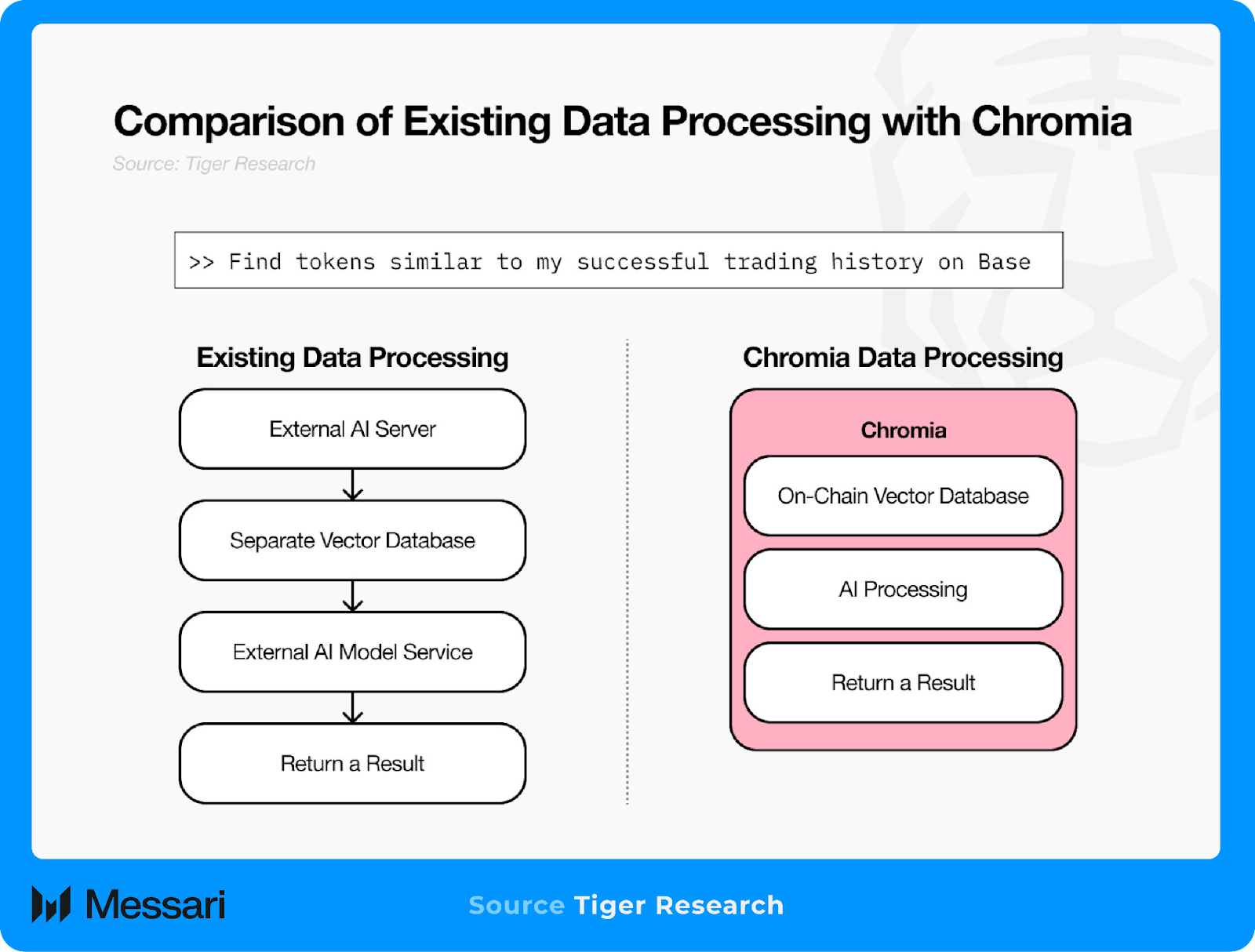
By committing every embedding to the blockchain’s consensus, onchain vector databases provide verifiable data integrity. Anyone can audit which vectors were stored, when they were added, and how search results were derived, eliminating third-party trust in the embedding retrieval and generation process.
Onchain vector databases can also power a fully decentralized AI workflow while running retrieval and inference onchain. This is critical to building fully trustless recommendation engines, onchain fraud detection, and any application requiring cryptographic proof of every AI-driven decision. Alternatively, the onchain vector database can connect to cloud providers for additional compute.
When the vector store resides in the same execution environment as smart contracts, native composability is achieved: Rell logic can retrieve similar documents and immediately trigger token transfers, governance votes, or state changes in a single, atomic transaction.
Censorship resistance is ensured by storing vector data and query logic immutably under consensus rather than behind a single provider’s API. Although it incurs some latency and higher consensus costs, an onchain vector database delivers end-to-end transparency, seamless composability with smart contracts, and trustlessness enforced through onchain storage and verifiable execution, unlike offchain APIs.
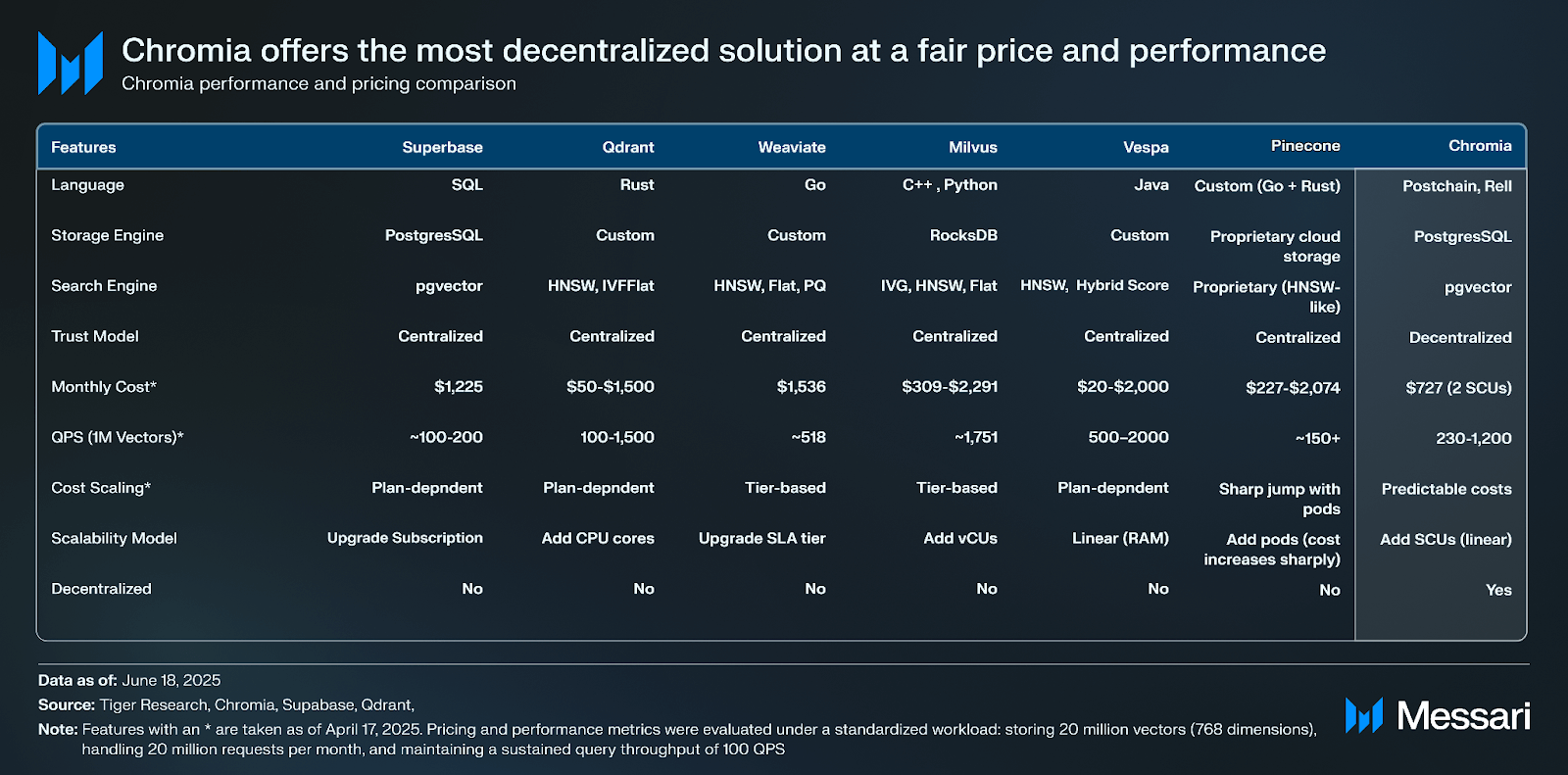
While effective, this clustering is only at the infrastructure level, meaning it manages how data is distributed and replicated across servers, rather than creating isolated application environments or ensuring every node holds the same data. In contrast, Chromia embeds vector functionality directly into its blockchain environment, so its clusters provide data isolation and onchain anchoring, combining execution and auditability in a single environment.
By running vector storage and search onchain, Chromia delivers trustlessness (no third-party dependency), full transparency (all embeddings and queries live on the ledger), and atomic composability (state transitions or logic execution are triggered based on similarity search results in a single transaction). The tradeoff for this is added latency from consensus, higher infrastructure costs from SCU provisioning versus leaner, pay-as-you-go pods, and throughput limits compared to engines purpose-built for ANN search. For applications requiring auditability and onchain integration, like decentralized recommendation, fraud detection, or governance, Chromia’s model is ideal. For ultra-low-latency or hyperscale workloads, a dedicated offchain vector database may still be preferable.
Chromia’s onchain vector database could be critical for AI inference and robotics because it embeds every step of the semantic retrieval pipeline (embedding generation, storage, and similarity search). This guarantees end-to-end integrity because every step of the inference process is derived from the same trusted source: the consensus-secured vector database.
Embeddings produced via the AI inference extension are stored directly in each SCU’s PostgreSQL instance (with pgvector), enabling robots or AI agents to perform real-time matching against historical sensor or model outputs without relying on external services. This ensures that decisions like navigation adjustments or maintenance triggers are fully auditable and tamper-proof.
Raw sensor data or telemetry is transformed into embeddings, indexed immediately, and queried by Rell-based contract logic in one atomic operation by running both inference and retrieval within the same runtime. The AI inference extension executes pre-deployed models inside the SCU, while the vector database handles nearest-neighbor lookups, all under eBFT consensus. This tight integration delivers a seamless, trustless AI and robotics pipeline onchain.
Chromia’s onchain vector database and AI inference extensions could power use cases across robotics coordination, predictive maintenance, data marketplaces, recommendation engines, anomaly detection, and semantic document retrieval.
Chromia’s 2025 roadmap, broken down by quarter, focuses on enhancing onchain AI, interoperability, and developer extensibility:
Chromia has introduced a set of protocol extensions that support fully onchain AI applications, combining vector storage, model inference, and relational data in a single, consensus-secured environment. By embedding pgvector and machine learning runtime modules directly into its SCU-based architecture, Chromia allows decentralized applications to perform semantic search and AI-driven decision-making without relying on external APIs or infrastructure. This enables workflows like onchain recommendation, anomaly detection, and robotics coordination to operate under the same trust model as smart contracts.
The platform’s cluster-based design isolates workloads and maintains high data availability, while its Rell programming language integrates application logic with PostgreSQL-backed storage. Chromia’s roadmap expands these capabilities with a dedicated inference runtime, zero-knowledge proof support, and an extensions marketplace. As AI and structured data move increasingly onchain, Chromia offers an integrated execution environment for agents, applications, and analytics to interact under shared rules and cryptographic guarantees.
Let us know what you loved about the report, what may be missing, or share any other feedback by filling out this short form. All responses are subject to our Privacy Policy and Terms of Service.
This report was commissioned by Chromia. All content was produced independently by the author(s) and does not necessarily reflect the opinions of Messari, Inc. or the organization that requested the report. The commissioning organization may have input on the content of the report, but Messari maintains editorial control over the final report to retain data accuracy and objectivity. Author(s) may hold cryptocurrencies named in this report. This report is meant for informational purposes only. It is not meant to serve as investment advice. You should conduct your own research and consult an independent financial, tax, or legal advisor before making any investment decisions. Past performance of any asset is not indicative of future results. Please see our Terms of Service for more information.
No part of this report may be (a) copied, photocopied, duplicated in any form by any means or (b) redistributed without the prior written consent of Messari®.